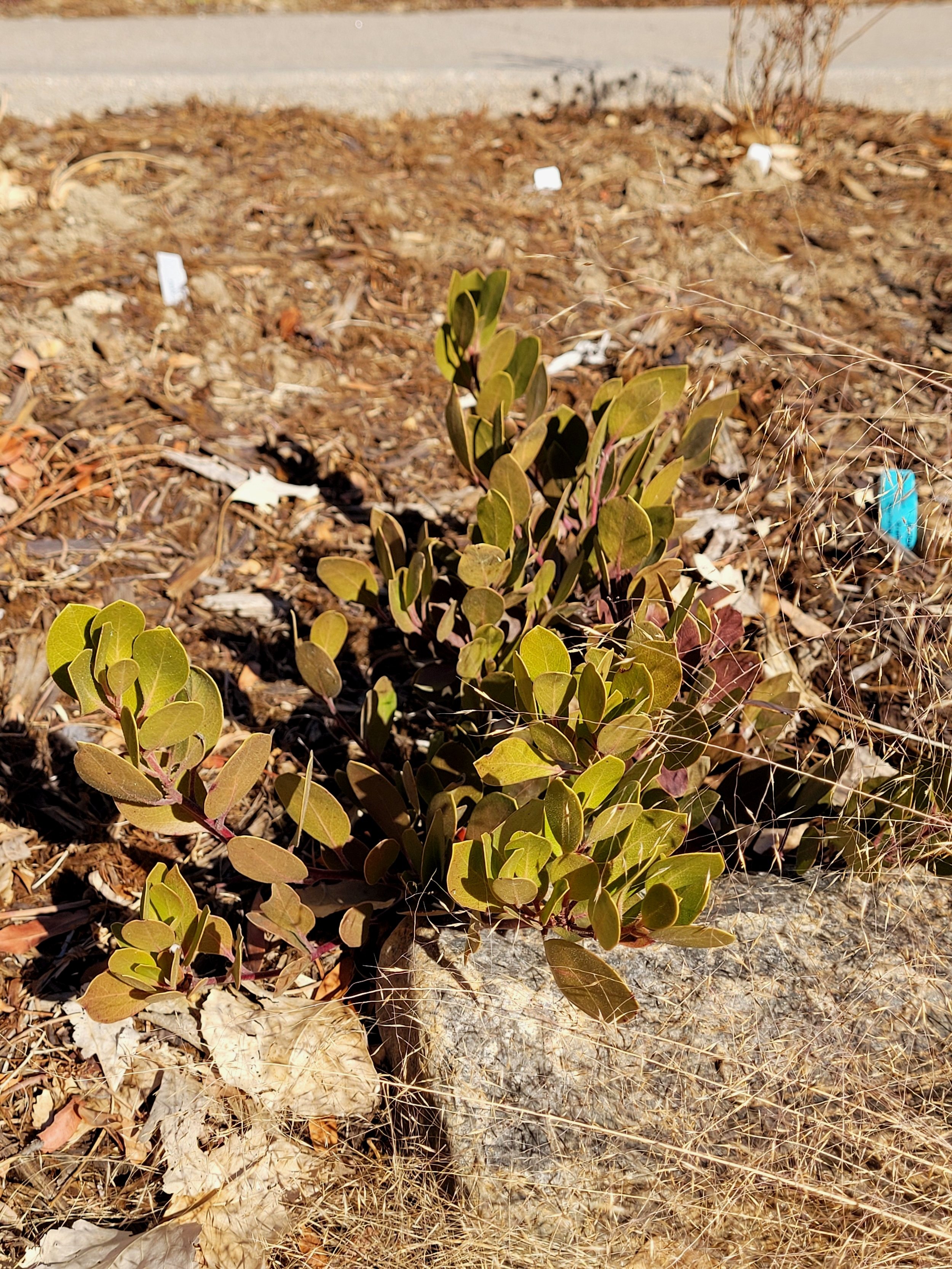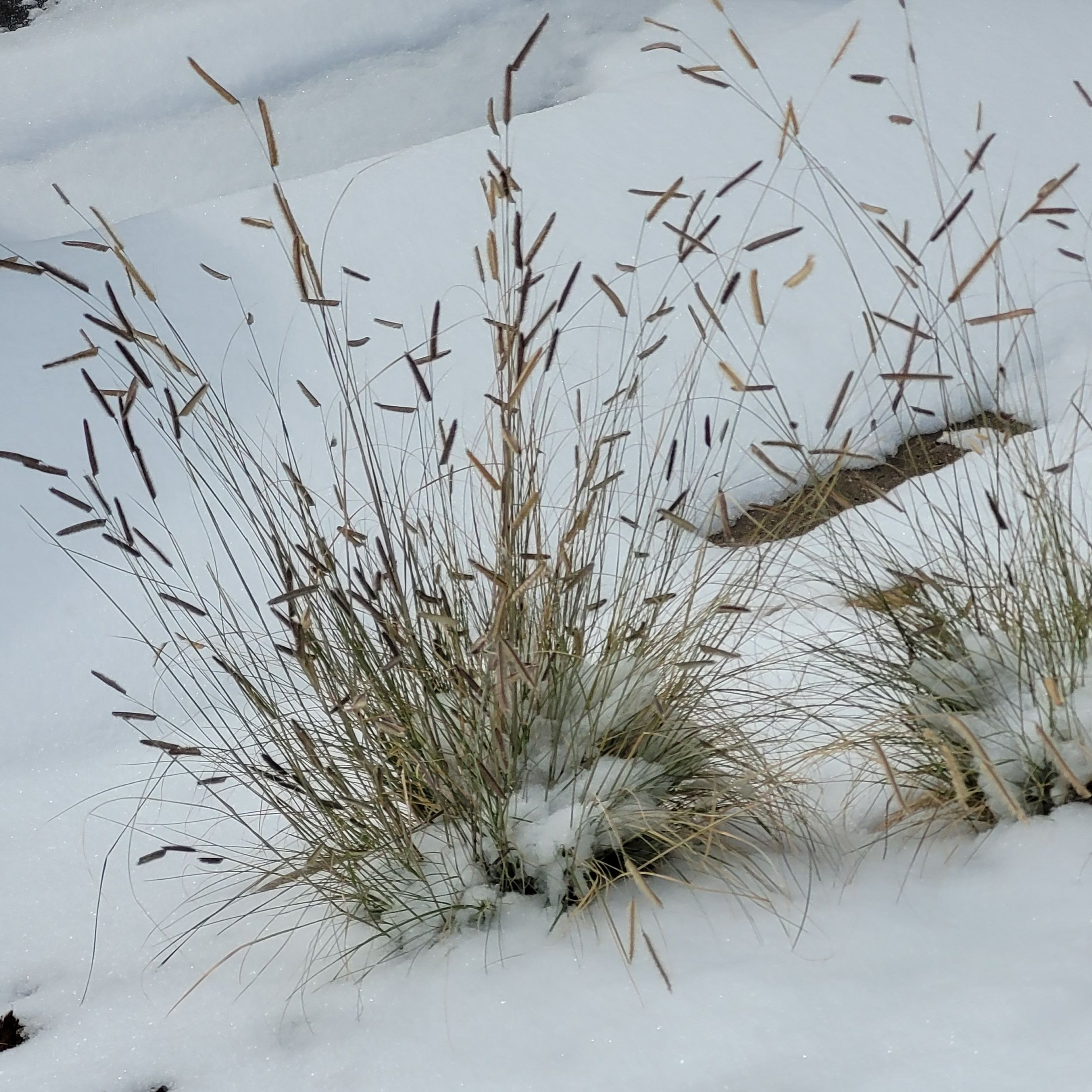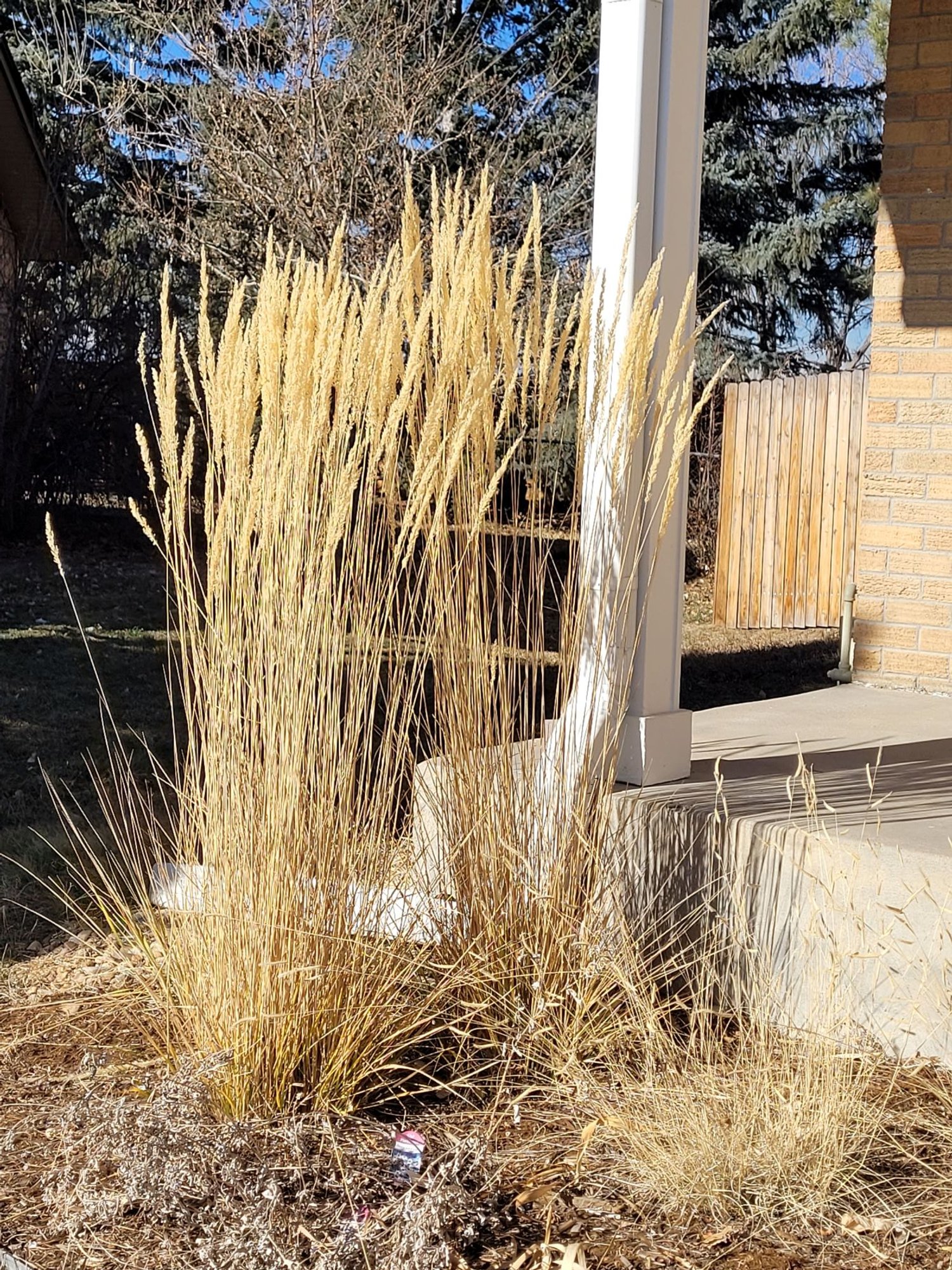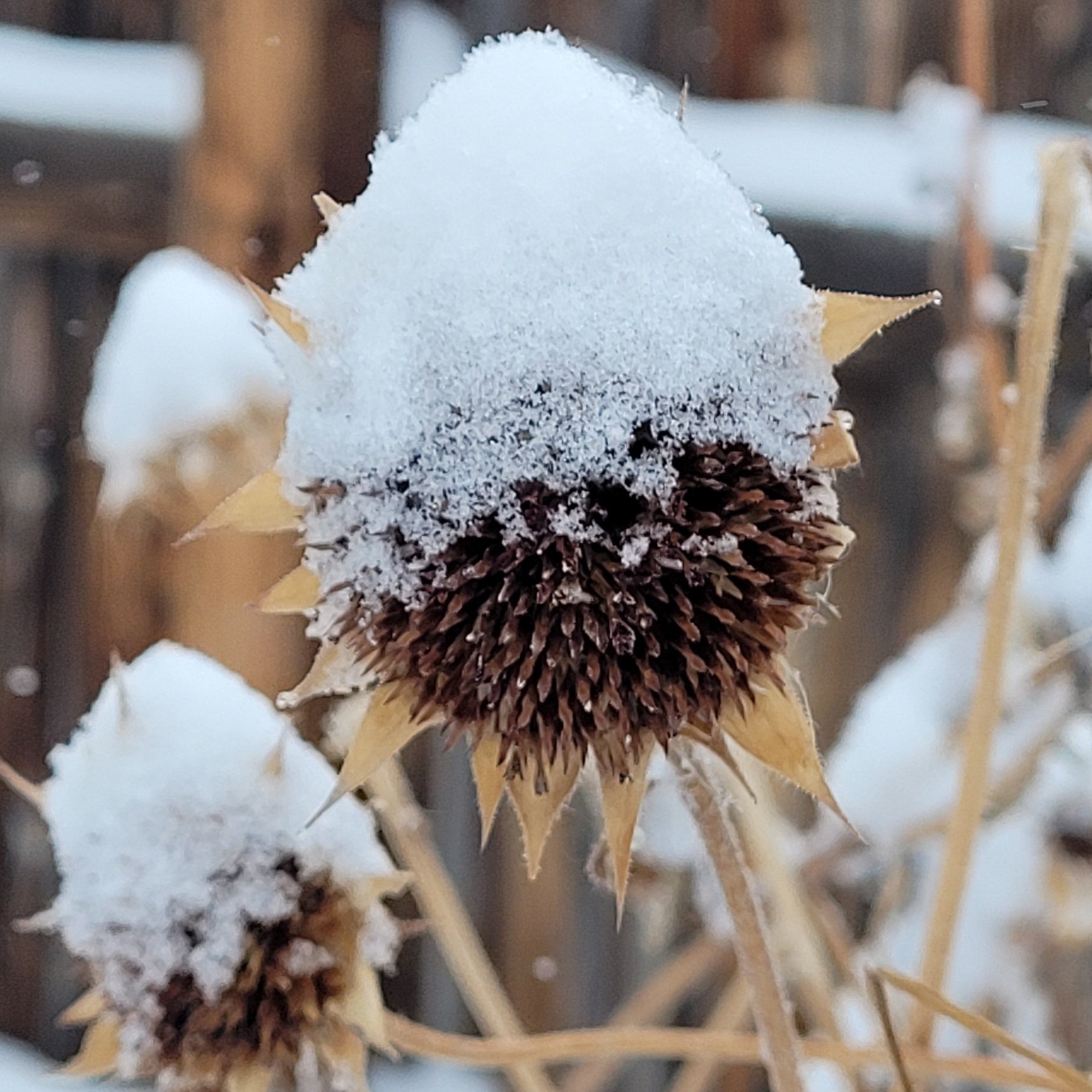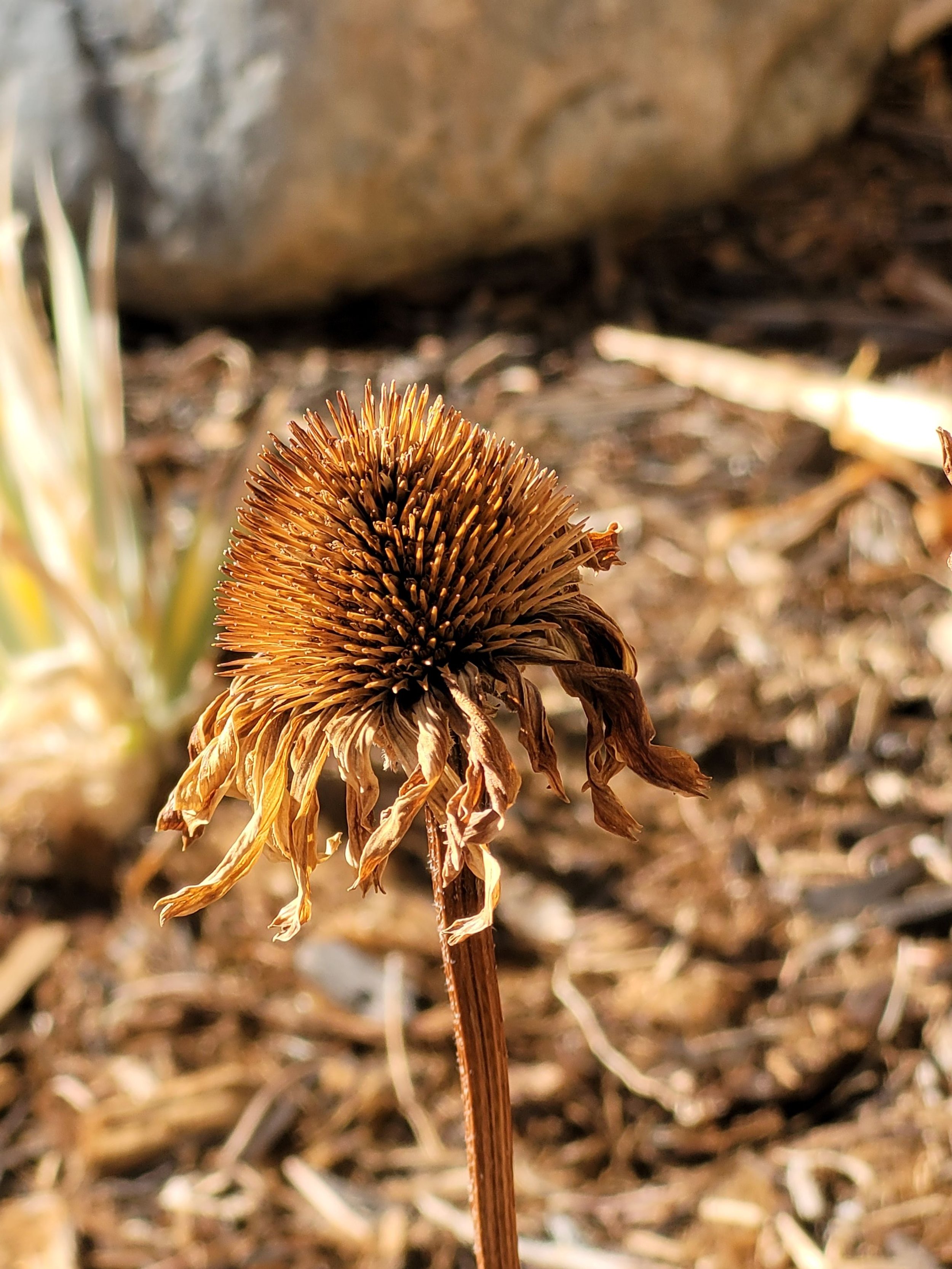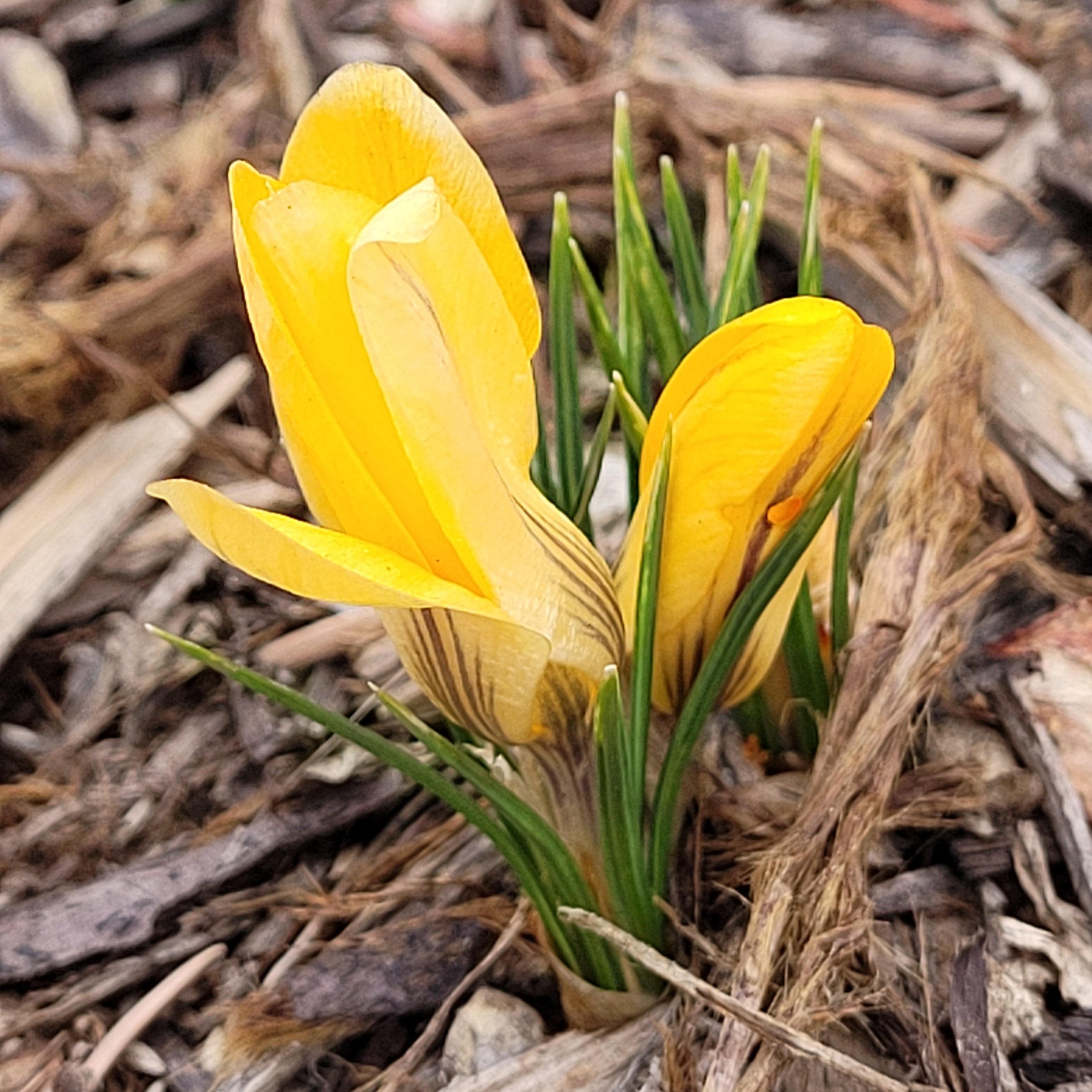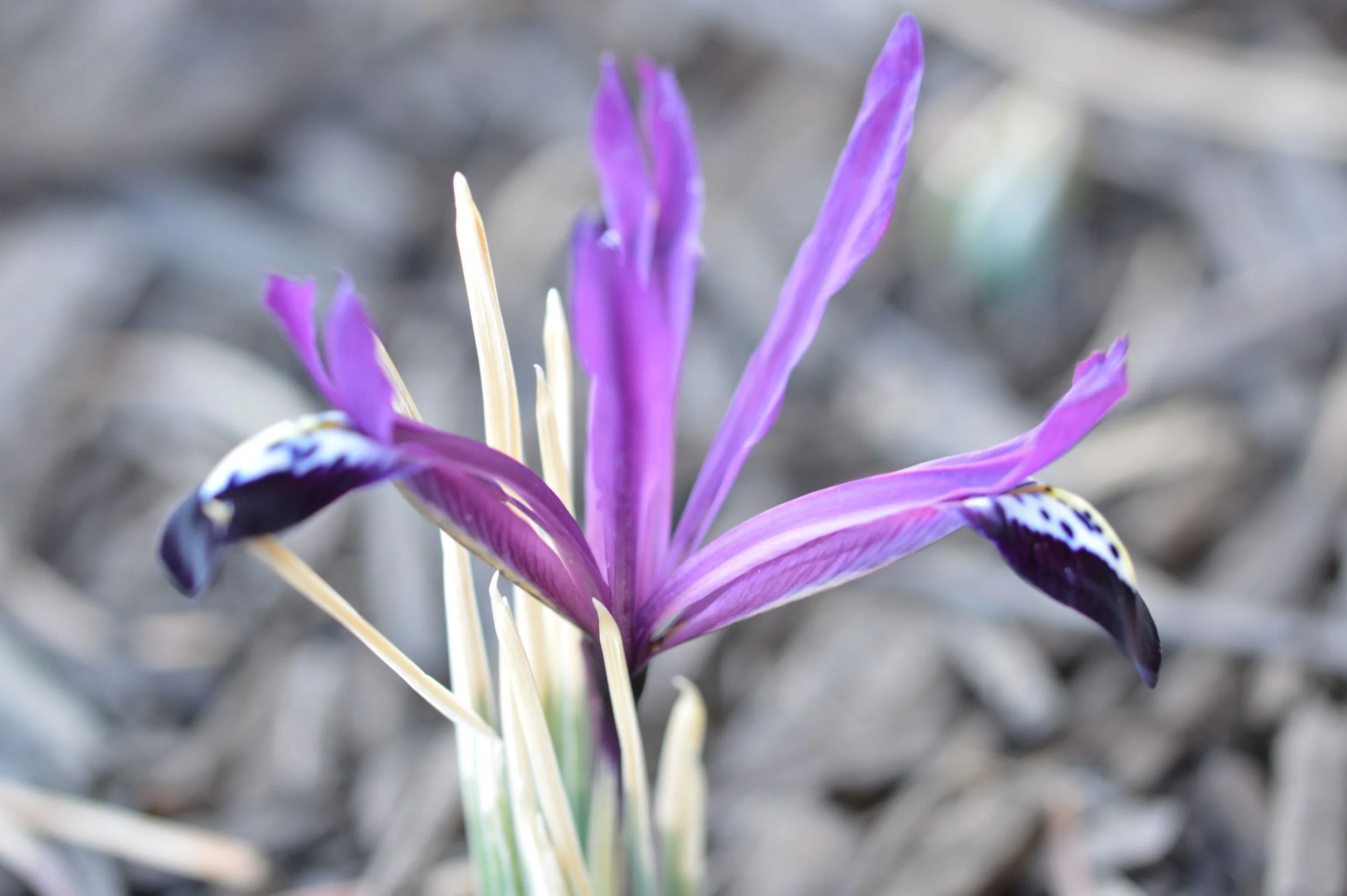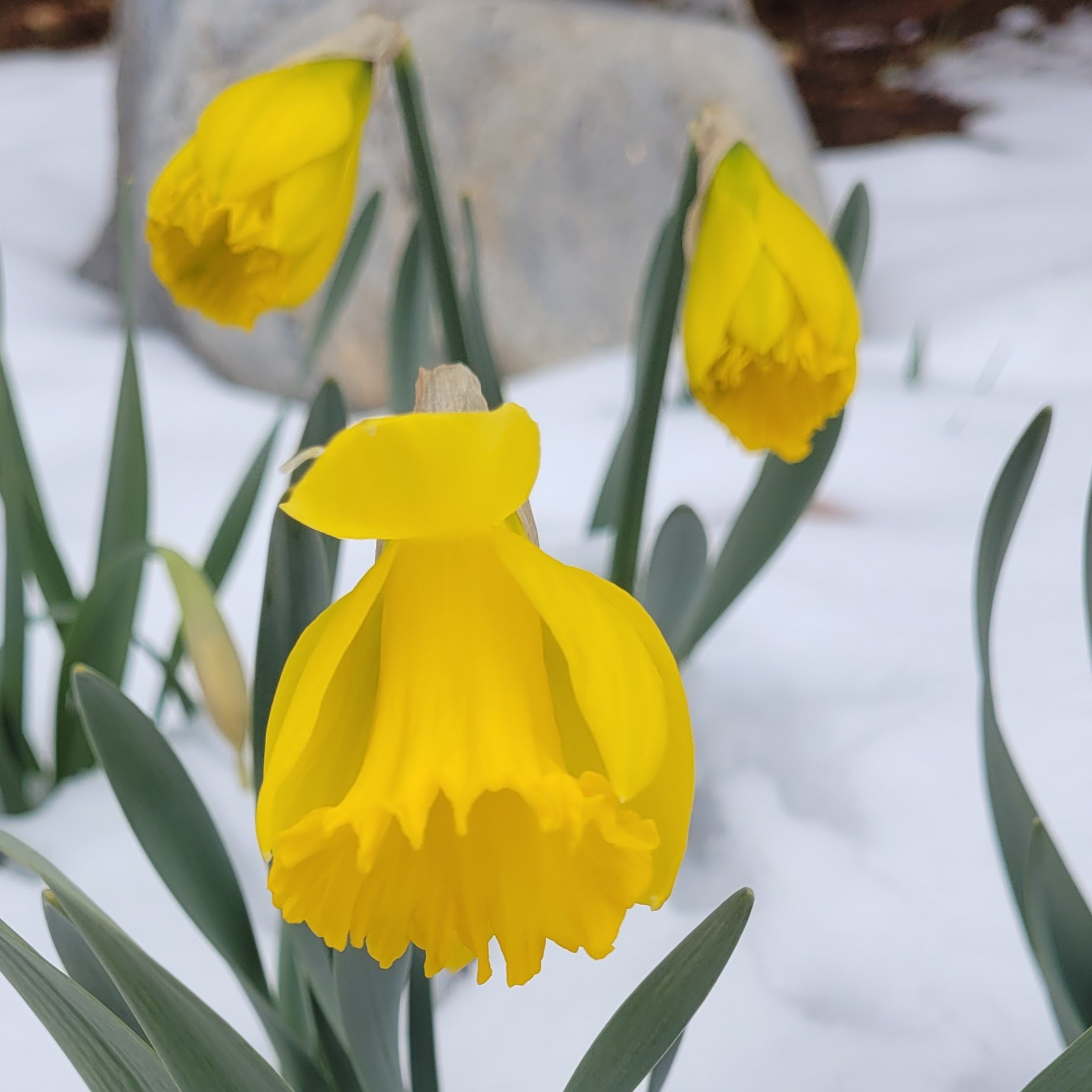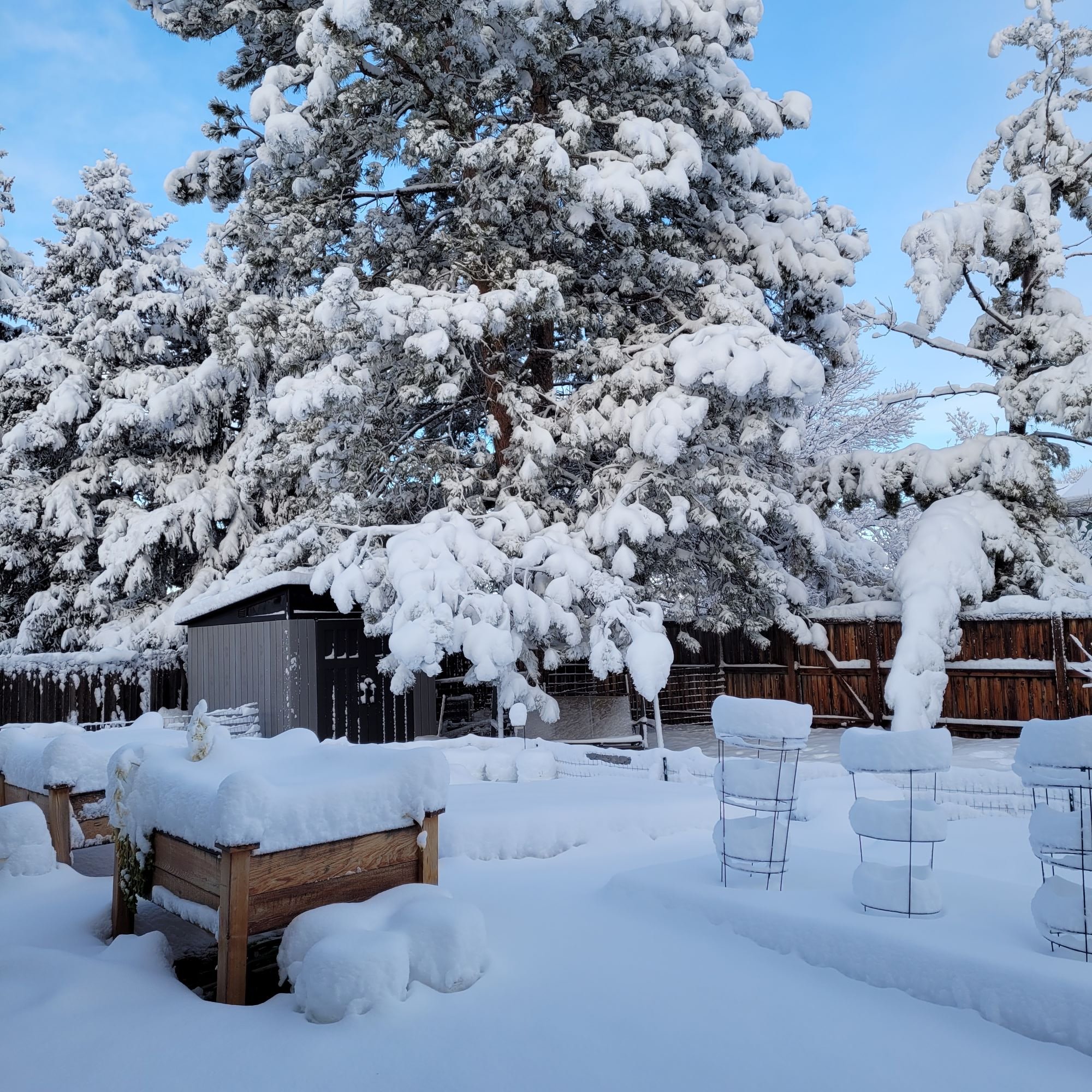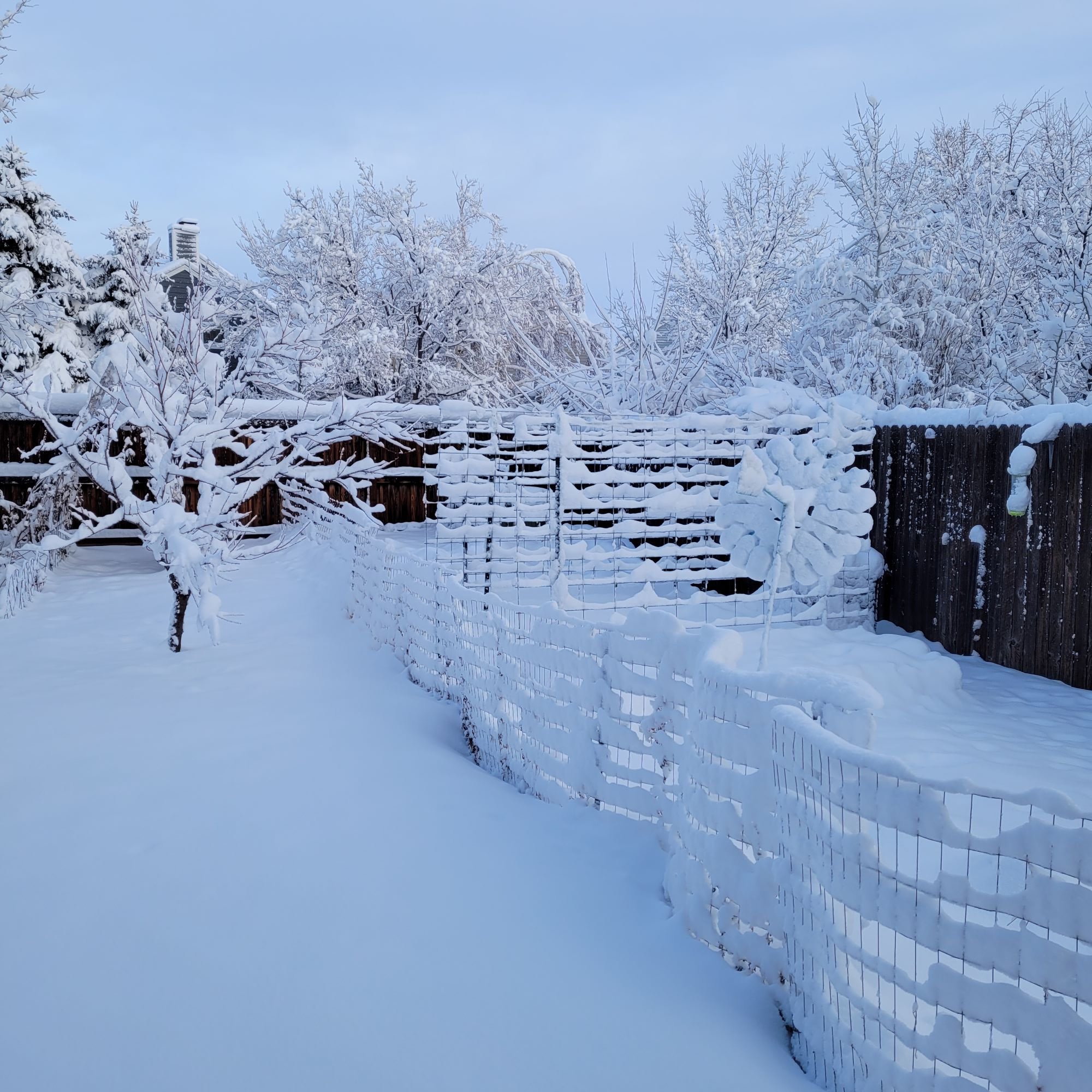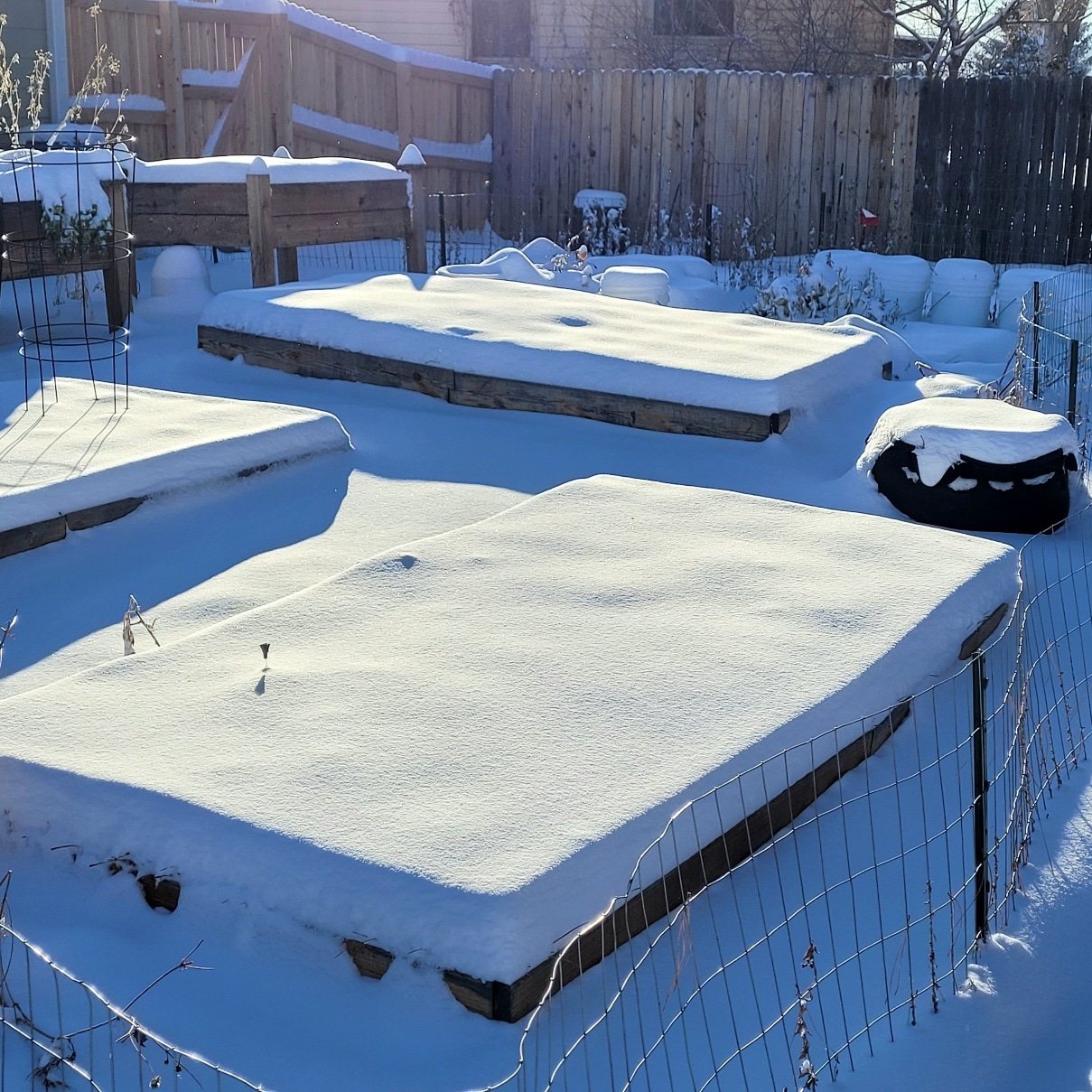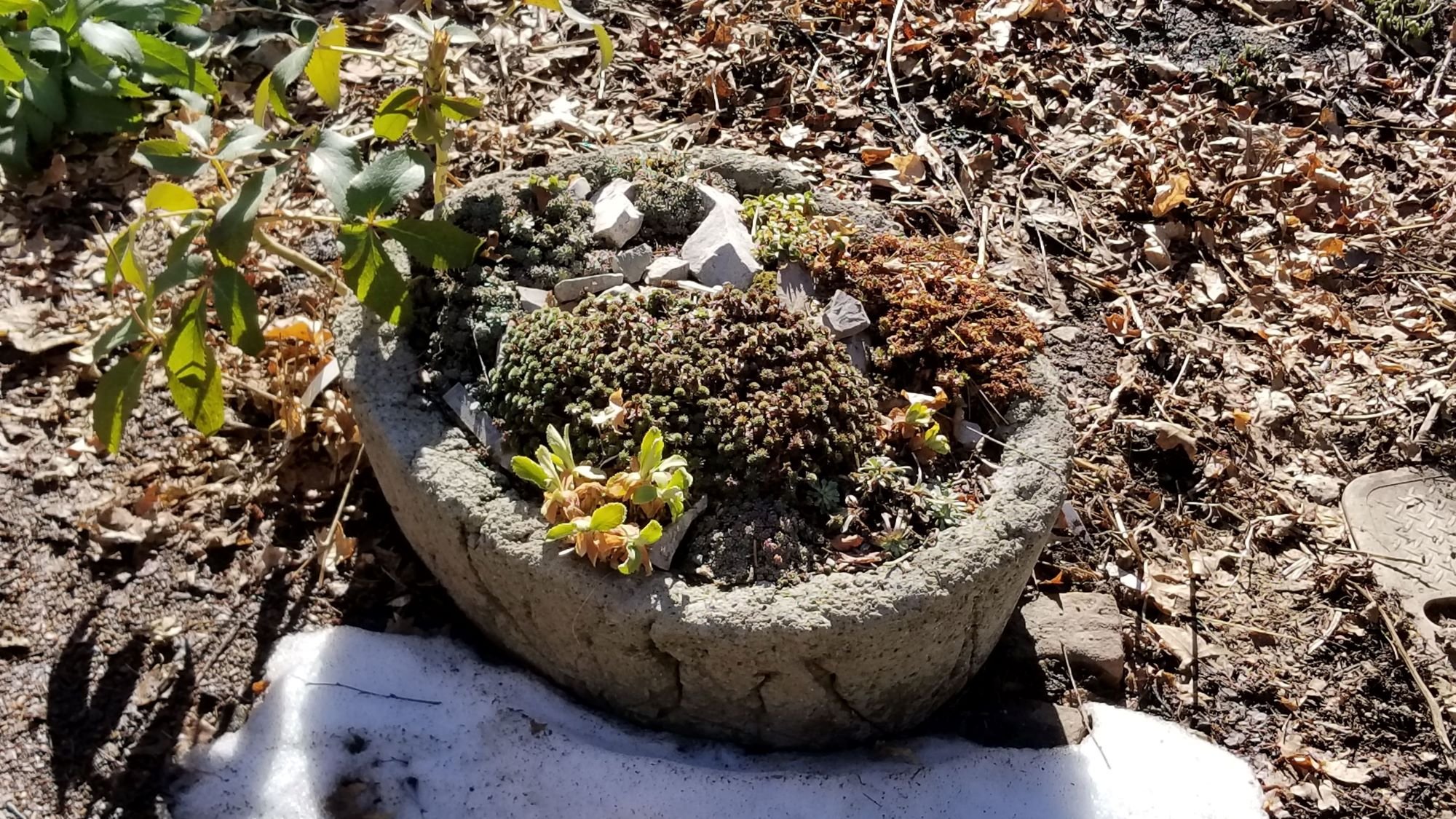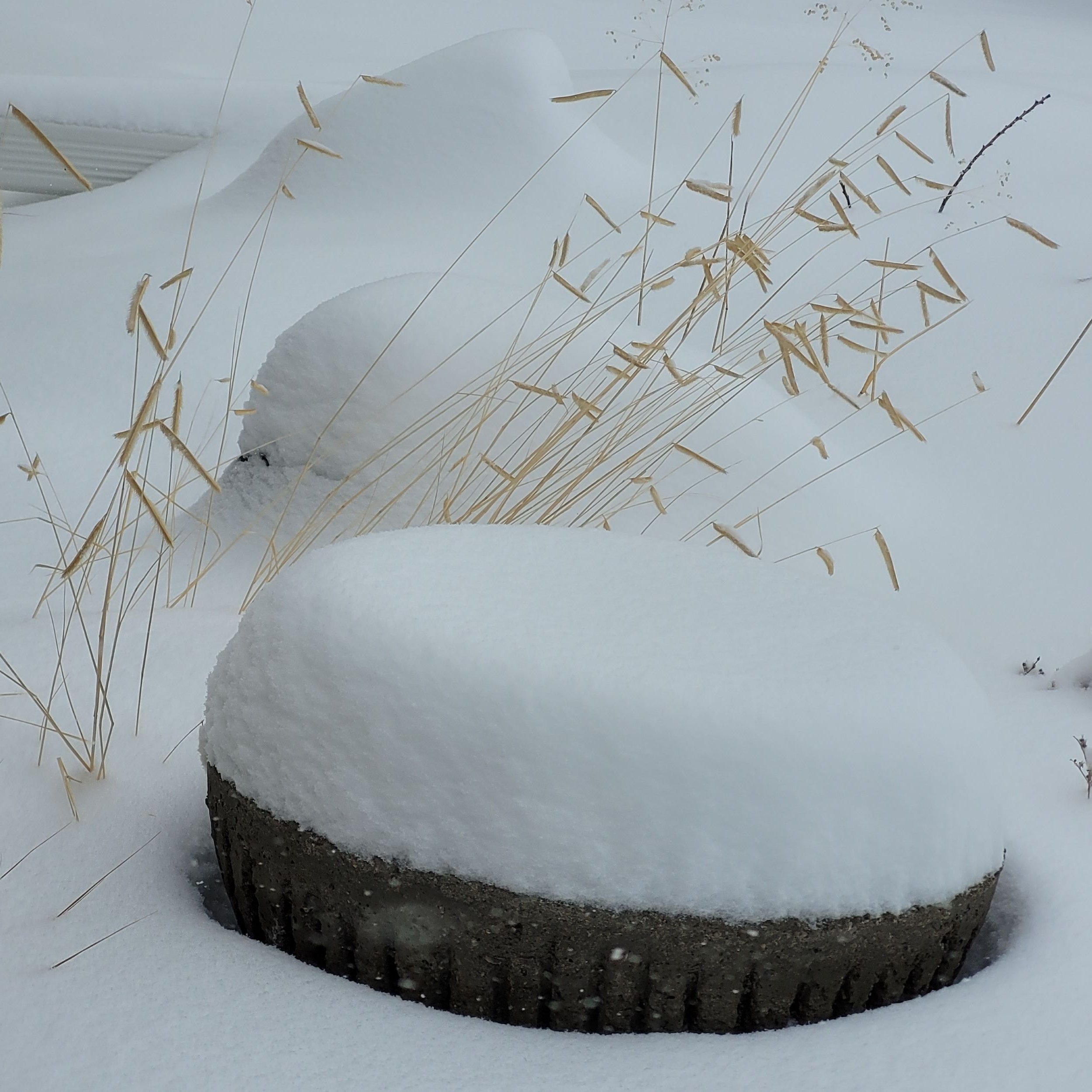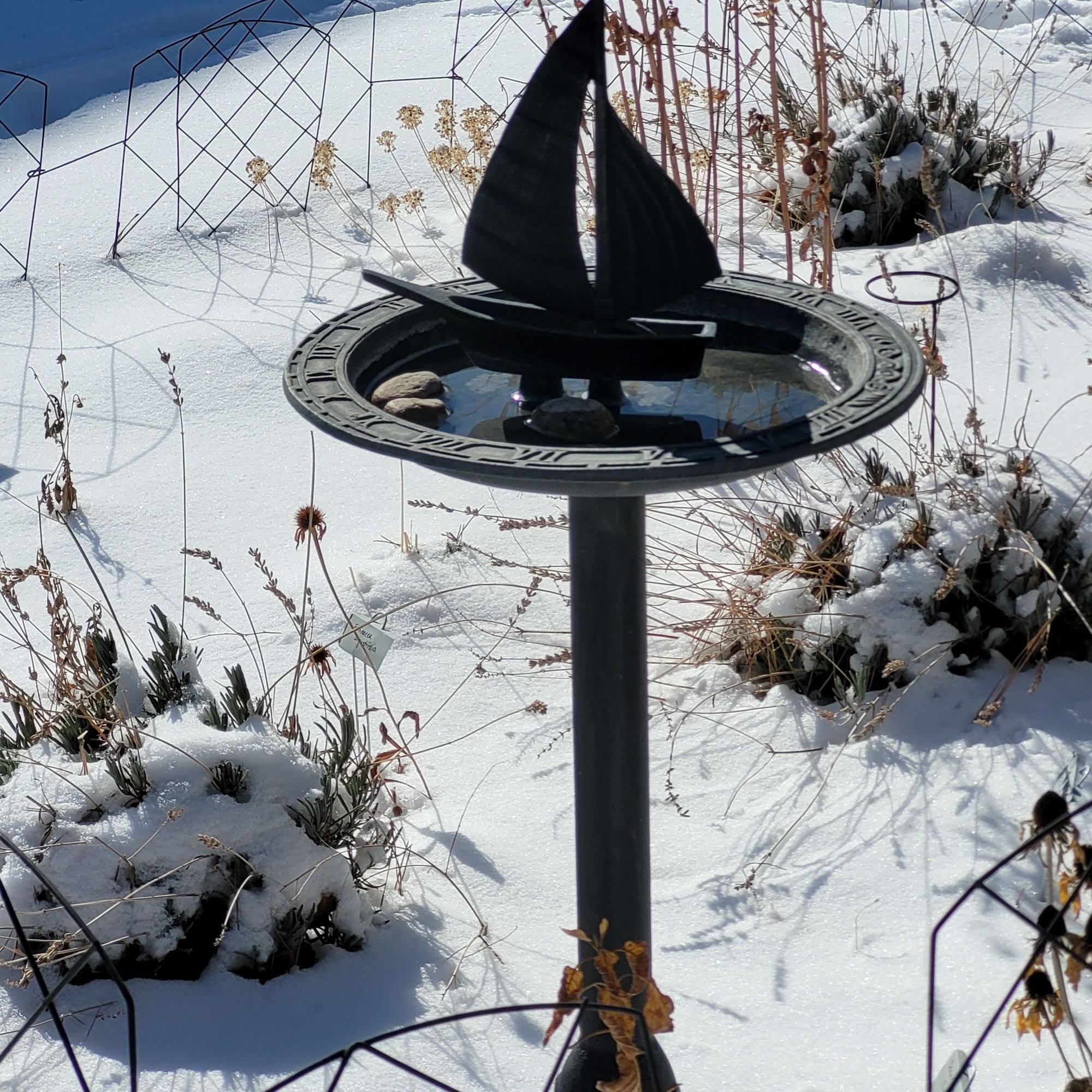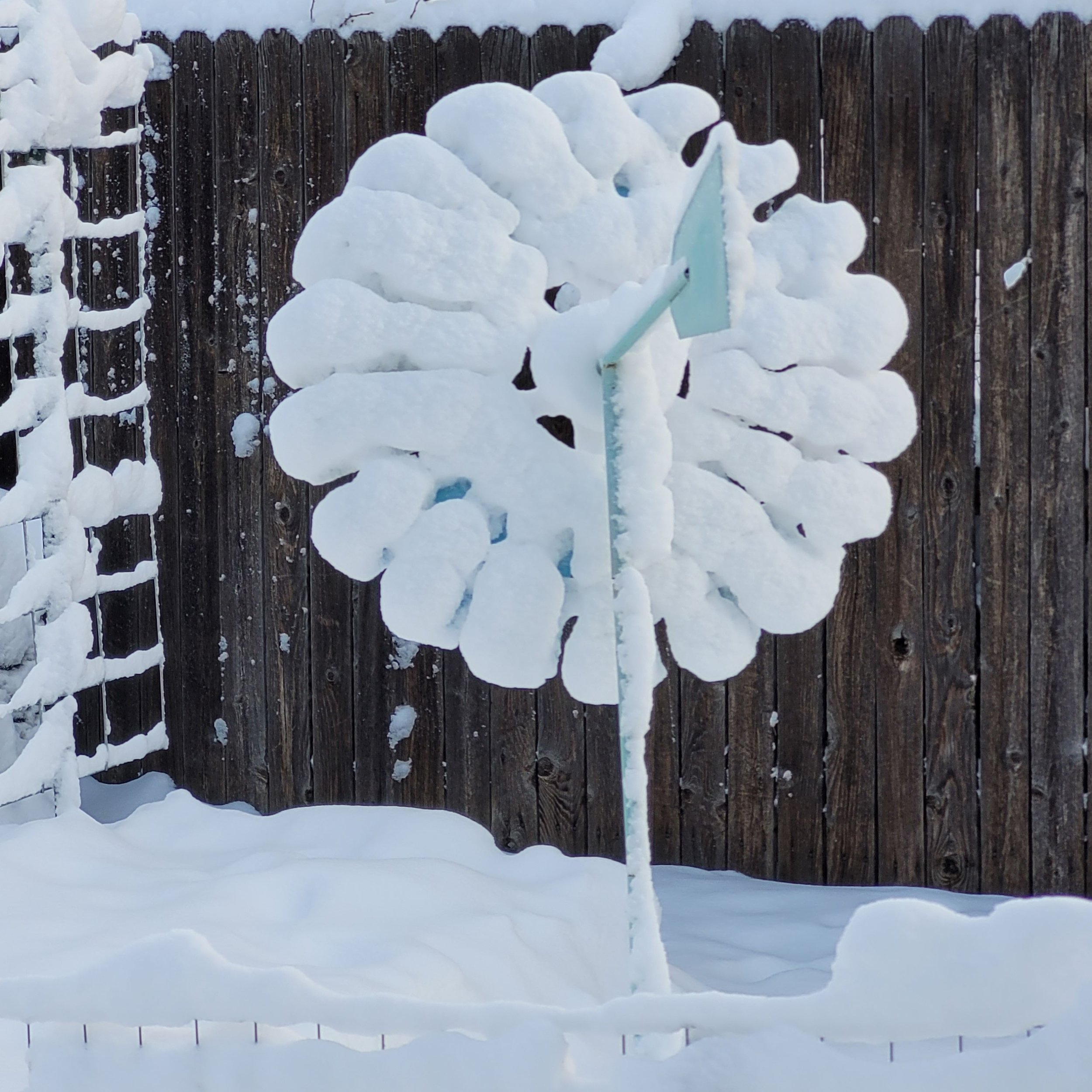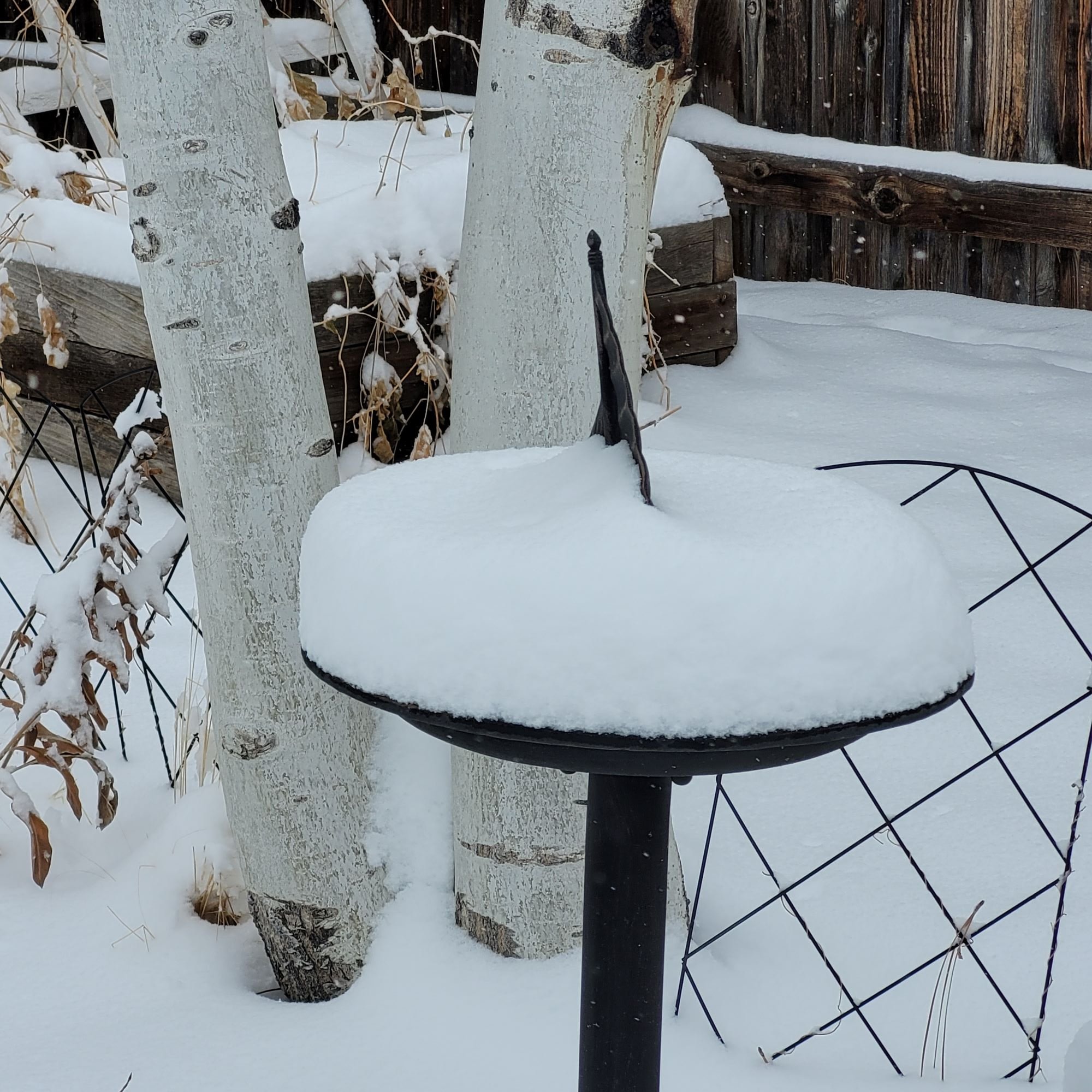Winter Interest in the Colorado Garden
Your garden doesn’t have to be barren and dull during the winter months in Colorado. Winter interest in the garden refers to design aspects such as shape, color, structure, and accents that enhance your garden space during the winter, which is typically considered the garden’s off-season.
Winter interest is determined by plants, structures, and decorative accents strategically placed throughout the garden. Now is the best time to evaluate your current garden for winter interest and plan additions to enhance its appeal. With this preparation, when the ground thaws in the spring, you'll be well-prepared to visit the local nursery with your list in hand!
PLANTS FOR WINTER INTEREST
EVERGREEN TREES & SHRUBS
The most common plant for winter interest is evergreens, but there’s a very good reason for that. Evergreens, as the name suggests, maintain greenery throughout the year by retaining their leaves or needles, even during the winter months. They also provide the garden with shape, privacy, and textural interest. Examples of evergreen trees include arborvitae, cypress, pine, spruce, and fir. Some examples of evergreen shrubs are arborvitae, juniper, yew, boxwood, manzanita, mountain mahogany, oregon grape holly (Mahonia aquifolium) and daphne. Please note that not all species will perform well in the Colorado garden. It’s important to research, read plant tags, and talk to specialists at your local nursery.
DECIDUOUS TREES & SHRUBS
Deciduous trees also contribute to winter interest in the garden. While they shed their leaves, their bark texture, color and branching shapes offer structure and visual appeal. Some deciduous trees retain their leaves until spring growth prompts shedding, a trait known as “persistent”. This trait can apply to leaves or fruit and is something to consider when shopping for trees or shrubs.
(Photo taken at Denver Botanic Gardens)
ORNAMENTAL GRASSES
Many ornamental grasses, if not trimmed in the fall, will withstand winter snows and winds, providing structure and interest in the garden. As an added bonus, they offer movement, and their seed heads are a beautiful addition to the snowy landscape.
PERENNIALS
Some perennials can be left in place for the winter and cleaned up in early spring. If they’re not diseased and don’t pose a fire risk, go ahead if you don’t mind a bit of messiness. The bonus of doing this is providing overwintering habitat for the wildlife in your garden. Perennials that stand throughout the winter typically have a strong upright stem. It’s even better if they have interesting spent blooms (hydrangea) or seed heads (sunflowers and echinacea).
Early flowering spring bulb species, like crocus and iris reticulata, will sprout and bloom in mid to late February, even with snow on the ground. Daffodils (Narcissus species) will arrive a bit later, in March, but still tolerate cold and snow. It’s such a welcome sign of spring to come! If your ground is frozen, it’s too late to plant spring bulbs now, but add them to your 2024 plan for fall planting.
FRUITS/BERRIES
Some crabapples, hawthornes, and viburnums have persistent fruit that adds much-needed color to the winter landscape. In addition, this fruit serves as food for birds, squirrels, and other wildlife during a time when food is scarce.
STRUCTURES FOR WINTER INTEREST
Structures, in addition to their primary function, add vertical interest, delineate garden areas, and highlight key garden features. A panel trellis creates an interesting “wall,” whereas an arch trellis creates an “entryway.” Fencing delineates a space, and raised garden beds create a room. (The following photos are from my December 2022 garden.)
A pergola, already a visual focal point in the garden, becomes a wintry haven in the off-season. Other outbuildings, like greenhouses or sheds, add structure and interest to the winter garden.
(Photo taken at Denver Botanic Gardens)
Freeze-safe containers and hypertufa pots become a focal point during the winter when there is less visual competition. Decorative boulders add extra interest and give a sense of place to the Colorado garden, even in winter.
DECOR FOR WINTER INTEREST
Outdoor furniture is functional during the warmer seasons, providing a place to rest or gather in your garden. During the cold winter months, its function is more visual interest. Look for pieces that have interesting lines, color, or designs that draw the eye to complement existing planting or to fill in gaps.
Backyard fire pits aren’t just for summer fun, especially in Colorado. Add chairs and cozy blankets, and with a warm fire, you have the perfect wintry gathering spot!
(January 1, 2021)
Other outdoor decor and statuary will function the same way, providing visual interest in the winter garden. Since they don’t compete with the summer planting, they are more noticeable and provide great focal points in the off-season. Take, for example, this bird bath and windmill. Now is a great time to add or rearrange decor pieces for year-round interest.
Outdoor lighting is necessary for safety along common walkways during the dark winter months but can also add depth and interest to the landscape. You can also use lighting as an accent or to highlight a specimen tree or favorite piece of garden art. There are limitless varieties of solar lighting available, many at a reasonable price with easy installation. For tips on how to make home outdoor lighting bird friendly, please refer to this article by Audubon Rockies: https://rockies.audubon.org/lights-out/articles/how-make-your-outdoor-home-lighting-bird-friendly.
I encourage you to look for winter interest inspiration throughout neighborhoods, parks and even commercial buildings, as well as in nature itself. While it’s true that winter is the off-season for Colorado gardens, they can still be beautiful, functional and interesting. Create a garden with winter interest that beckons you outside on a cold snowy day. It's the secret to sustaining your spirit until spring finally arrives.



